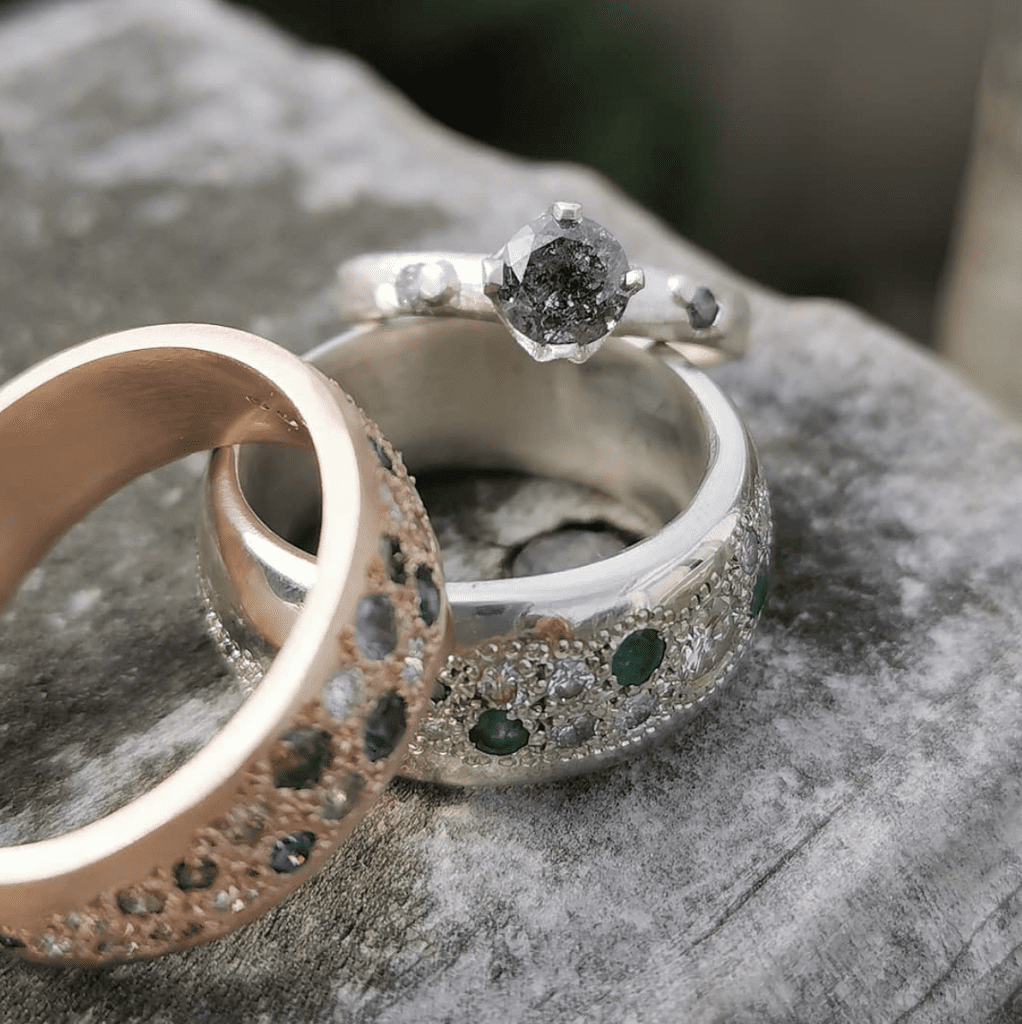
 There are a few things to consider when choosing a gem for your jewellery piece.
There are a few things to consider when choosing a gem for your jewellery piece.
I LOVE gemstones. There are so many choices, colours, cut… Sapphire, diamond, ruby or more unusual gems like Alexandrite, Sphene or Spinel.
Even garnet does not solely come in the jewellery store red, but Mali (vivid chartreuse, Spessartite bright orange), colour change, bicolour.
Gemstones never fail to surprise me!
When we talk about gemstones, we often mention their “hardness”. It means how “scratchable” a stone is. I strongly suggest you consider this factor when purchasing jewellery, especially when it’s your wedding or engagement rings which may be subject to heavy wear.
It is deemed as the Mohs scale. No, no…This has nothing to do with Homer’s drunken buddy in the Simpsons.
At the top is the diamond, followed by sapphire – two gems I thoroughly recommend for everyday wear or as “never-take-off-rings”.
If you are careful (unlike me!), you may choose garnet or tourmaline which come at a cost-effective price as well as moissanite, which is the fabulous diamond replacement.
Diamond is known for being one of the hardest substances on earth. It is so hard; it ranks as a 10 on the Mohs scale – the highest level of hardness. But what is the Mohs scale?
The Mohs scale (pronounced as “moze”) rates the hardness of gems and minerals. The hardness of a stone indicates the stone’s resistance to scratching or how the surface of the gem will respond to contact with a sharp point. This differs from a gem’s toughness, which is defined by how well a gem can survive an impact or resist breaking, chipping or cracking.
The Mohs scale was introduced in 1822 when Friedrich Mohs chose ten minerals and assigned numbers to them based on how easily each of them can resist scratching. His studies resulted in the Mohs scale shown below, which is still used today.
When looking at the Mohs scale, it is crucial to remember that the difference in hardness between minerals, or the hardness numbers, is not equal, even though the minerals look to be equally spaced.
The diamond is only one number away from the Corundum mineral (which includes rubies and sapphires). However, it is many times harder than the gems in the Corundum family.
The Mohs scale helps to identify what makes a gem durable. The more durable a gem is, the more suitable it is for use in frequently worn jewellery.
Hardness
6 – Apatite too soft for rings
6.5 – Tanzanite, Peridot
7 – Amethyst, Citrine, Agate
7.5 – Garnet, Amythest, Morganite, Tourmaline, Rubellite
8 – Topaz, Aquamarine, Beryl, Spinel
9 – Sapphire, Moissanite, Ruby
10 – Diamond
